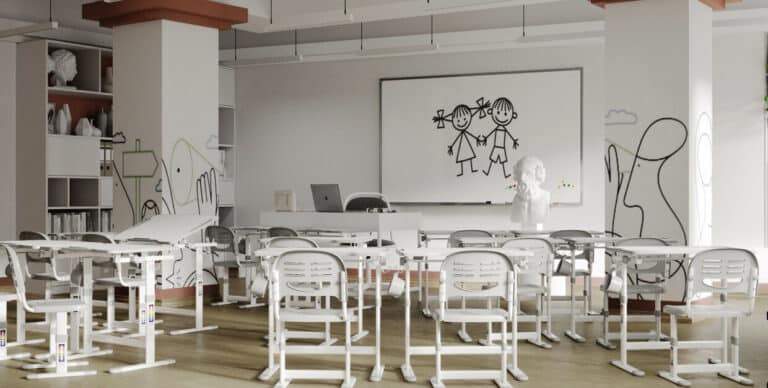Affordable housing is a crucial component of sustainable urban development, providing cost-effective living solutions without compromising on design, functionality, or accessibility. Striking this balance ensures that residents enjoy comfortable, aesthetically pleasing, and well-equipped homes while keeping costs manageable. This article explores how smart architectural strategies, innovative materials, and inclusive design can create affordable housing that enhances the quality of life for all.
1. The Importance of Affordable Housing
Affordable housing plays a key role in addressing urban housing shortages and promoting economic and social stability. When well-designed, it not only provides shelter but also fosters stronger communities, environmental sustainability, and better living conditions.
Key Benefits of Affordable Housing:
- Reduces homelessness and housing insecurity
- Supports economic mobility and job accessibility
- Encourages social integration and community development
- Promotes environmentally sustainable building practices
2. Achieving Cost-Effective Design Without Sacrificing Aesthetics
A common misconception about affordable housing is that lower costs mean compromised design quality. However, through smart architectural planning and innovative materials, designers can create beautiful, functional spaces without exceeding budget constraints.
Strategies for Affordable Yet Attractive Housing:
- Modular Construction: Prefabricated housing units reduce labor costs and waste.
- Efficient Layouts: Optimized space planning maximizes living areas without excess.
- Multi-Use Spaces: Rooms designed for flexible use (e.g., living areas doubling as workspaces).
- Sustainable Materials: Cost-effective yet durable materials such as recycled concrete, bamboo, and cross-laminated timber (CLT).
- Green Roofs & Vertical Gardens: Improve aesthetics while enhancing energy efficiency.

3. Ensuring Functionality in Affordable Housing
Functionality is at the heart of successful affordable housing. Smart architectural decisions can improve the efficiency, comfort, and sustainability of living spaces while keeping maintenance costs low.
How to Maximize Functionality:
- Passive Design Strategies: Optimized ventilation, natural lighting, and insulation reduce energy costs.
- Smart Home Technology: Affordable automation for lighting, climate control, and security.
- Shared Amenities: Community gardens, co-working spaces, and recreational areas reduce individual housing costs while improving quality of life.
- Durable and Low-Maintenance Materials: Reduces long-term upkeep expenses.
4. Prioritizing Accessibility for Inclusive Living
Affordability should never come at the cost of accessibility. Inclusive design ensures that housing solutions cater to people of all ages, abilities, and needs.
Key Accessibility Features in Affordable Housing:
- Step-Free Entryways & Wide Doorways: Accommodate wheelchair users and strollers.
- Universal Design Principles: Ergonomic fixtures, lower countertops, and adjustable-height cabinets.
- Smart Assistive Technology: Voice-activated controls for lighting and appliances.
- Proximity to Public Transport & Essential Services: Ensures accessibility to work, education, and healthcare.
More on ArchUp:
5. The Future of Affordable Housing: Innovation & Policy Support
Governments and urban planners are recognizing the need for affordable yet high-quality housing. Future developments will be driven by technology, sustainability, and policy innovations.
Upcoming Trends in Affordable Housing:
- 3D-Printed Homes: Lower material waste and reduce construction time.
- Zero-Energy Buildings: Self-sustaining homes with renewable energy integration.
- Mixed-Income Housing Models: Promotes social diversity and economic balance.
- Public-Private Partnerships (PPPs): Encourages collaboration between governments and private developers.
Conclusion
Affordable housing does not mean sacrificing quality, beauty, or accessibility. Through smart design, functional planning, and inclusive principles, architects and developers can create homes that are sustainable, comfortable, and accessible to all. By embracing innovation and policy support, the future of affordable housing can provide dignified, high-quality living environments for diverse communities worldwide.








